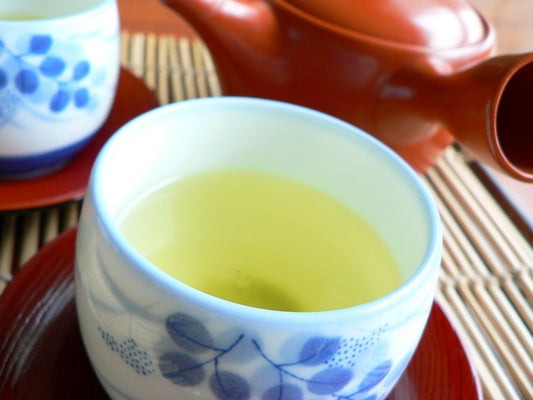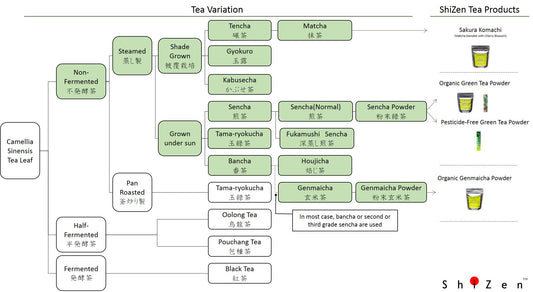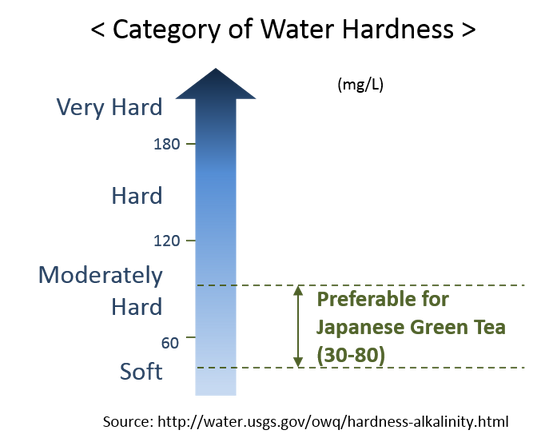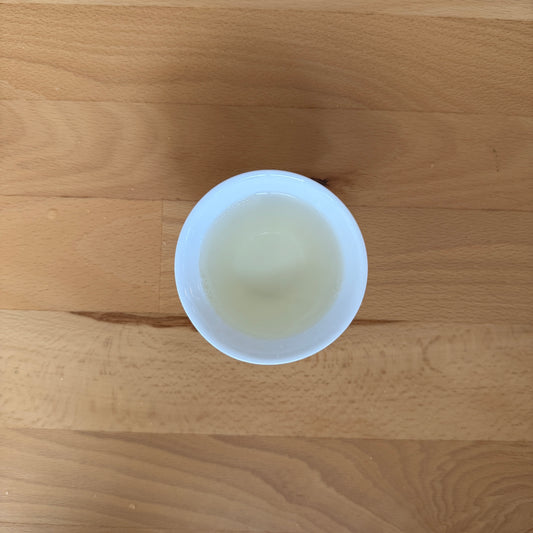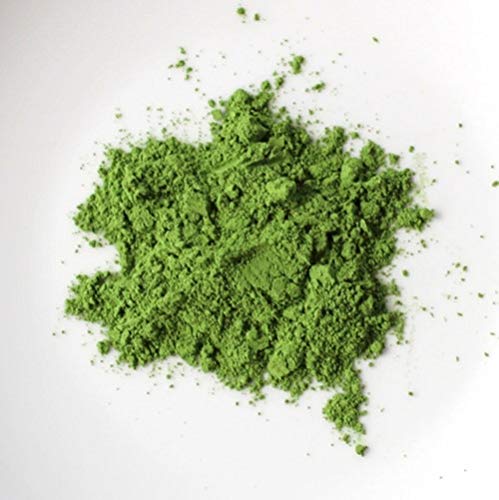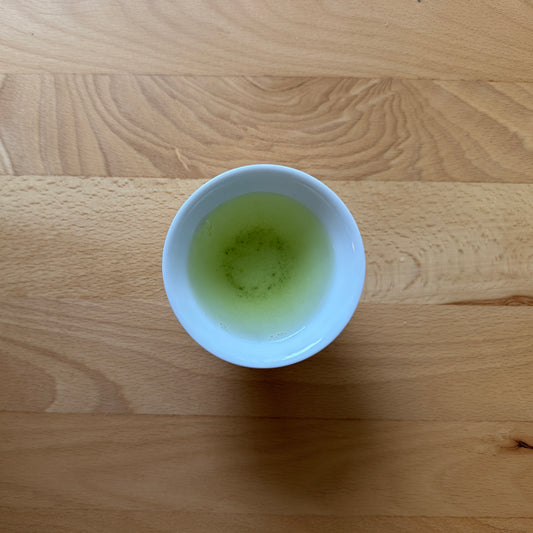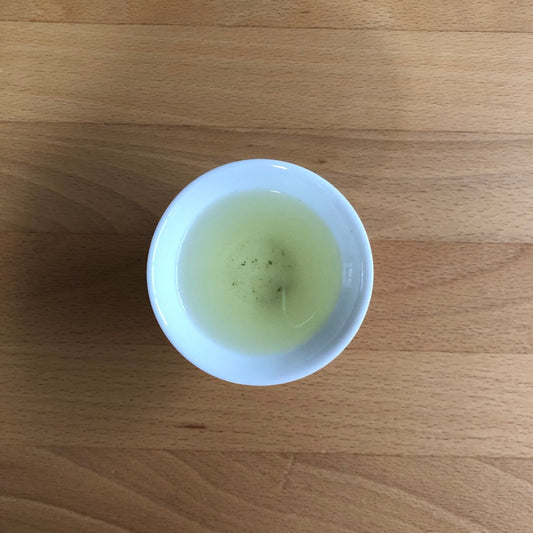At part one we have talked about when Japanese green tea has started. Just to review, Japanese green tea’s first record was on AD 815, when Eichu (Buddhist Monk) has served tea to Emperor Saga. At that time, only the emperor, royal family and some monks were the only people who drank the teas. We are still not sure teas were drank by ordinary people at that time. From there, approximately 380 years later has past and the culture of Matcha has started by the monk called Eisai.Today, I would like to go through several key points about how Matcha has started.

1. When and how?
Eisai, the famous Buddhist monk, brought back this Matcha style and tea seeds back from China on 1191. He first planted in the Southern Japan called the Hirado region of Nagasaki Prefecture, where he first landed when he came back from China. This tea farm is called the “Fushun-En” and it still exists. From there on he have moved on to Mount Sefuri of Saga Prefecture and built another tea farm. This region still makes teas and sell teas with the brand name “Eisai-cha.” Also the tea seeds were later on sent to the Toganoo region of Kyoto to Myoue-Shounin, the Buddhist monk in this region. Myoue has expanded this tea to the famous tea plantation Uji region, Kyoto Prefecture.

Eisai went to China in the Sung period, powdered green tea was the main tea served in China at that time. After the Sung period, China has moved on to consuming the teas by brewing tea leaf.
Japan first started the Matcha style by the influence of Chinese and had development its own style within the next several hundred years. Many scholars and professors say that the powdered tea at that time was not like today’s matcha. The powder was rougher (not fine-grained) since it did not use the stone ground mill. Also Matchas are usually grown under the shade before harvest, but at this time there were no such cultivation technique to cover the teas with shade, so it is said to be bitterer with less umami (savory) than the today’s matcha.
On 1214 Eisai had made the book called “Kissa-Yojyou-Ki”. This book was the first book based on benefits and cultivation/production of green tea. In this book Eisai has mentioned tea leaf is grown on sacred land, and green tea brings health and is the drink for longevity (considered as a medicine). This book was considered as a sacred book of green tea and has been read by many tea producers and monks in the later years.



